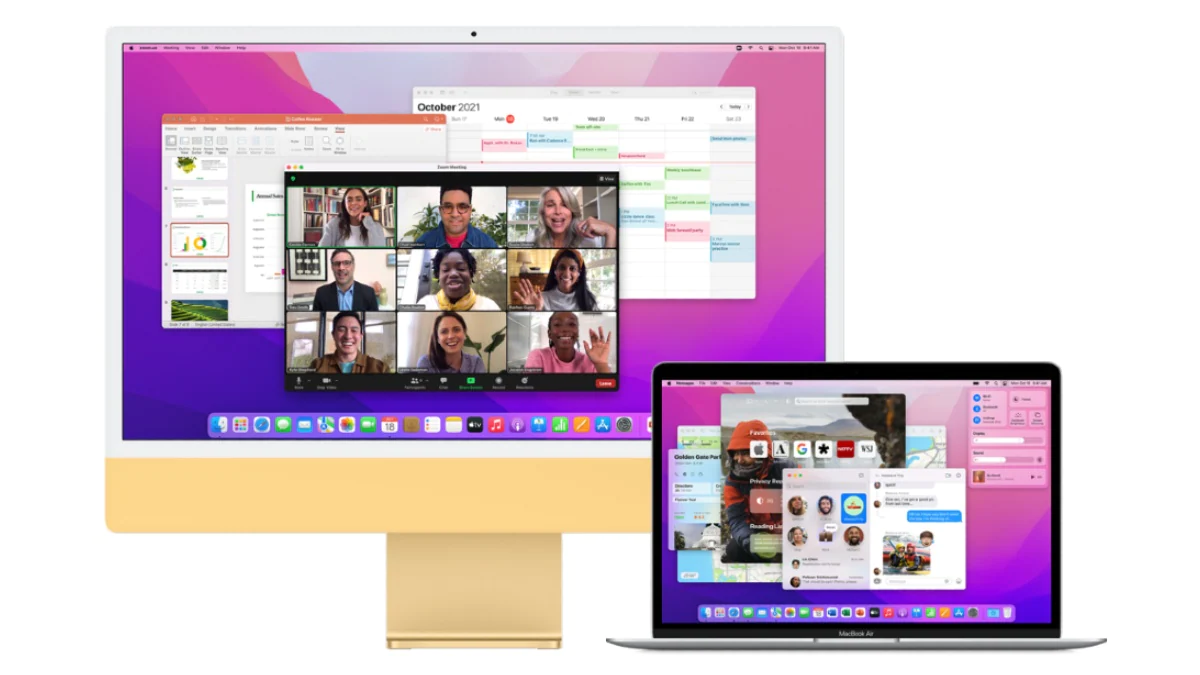
[ad_1]
During a particularly busy time in my business I had the following quote attached to my monitor to help battle personal productivity failure.
No matter how many personal productivity techniques you master, there will always be more to do than you can ever accomplish in the time you have available to you, no matter how much time it is.” – Eat That Frog

I was working 14 hour days and at least 5 hours on the weekend.
My kids would cry because they wanted daddy wrestle time but I was always working.
My wife was cranky because she was running a single parent household.
Luckily I realized the damage I was doing to my family by failing with personal productivity.
Here are three of the changes I made that decreased my work time and helped me earn more revenue by being more productive.
Most Personal Productivity Defaults to Yes
There are some great software tools out there for managing your task lists but they all have the same problem: they default to yes.
Every task you ever thought might be a decent thing to do will continue to come along for the ride as you use the same tool.
This is the reason you are unnaturally happy when you change task managers: you don’t move over a bunch of stuff you were never going to do anyway.
Your new system is suddenly so much lighter because it doesn’t have all those commitments you’re not going to keep.
While this wasn’t the first thing I fixed when I was feeling so overworked, it’s the first thing I tell my coaching students to fix. My fix was to move to using The Bullet Journal Method because a notebook defaults to no.
When you have to move a task forward between pages to keep track of it there is resistance. Only the tasks that are important will make the migration because they’re they only ones that are worth moving. As you start to write the task down again, you realize it’s way too much work and cut it from your list.

You see this same principle happen when people move. They’ve spent 10 years in a house totally fine with all the stuff around them. When it comes time to pack, so much stuff ends up in the garbage because it wasn’t valuable enough to move.”
When I’ve moved in the past, my wife and I always discuss how to make sure that all the stuff we’re giving away or throwing out gets dealt with as soon as we know it is not valuable instead of sitting around for another five years.
If you’re using a digital task management system you have to ask yourself the same question: what steps will I take to eliminate all the things that sound good but I will never do?
If it’s an appointment you keep meaning to have, ask yourself if you will make time in the next two weeks. If the answer is no, then resolve the task and don’t worry about it anymore.
If it’s a project that you want to tackle and feel bad about not moving forward, ask yourself if you will put time on the calendar in the next two weeks. If the answer is no, take the project out of your task system and move it into a note for cool projects. When you’re looking for a project to tackle, it will be there waiting without the guilt of looking at it for months knowing you’re not moving it forward.
If it’s a client project, how much could you move it forward if you only focused on it for the next three working days?
A few years back I took an entire week to finish off a video course for a client. During this time I ignored all emails. I was worried that other clients would get annoyed, but when I came up for air a week later with the video course done, no one had even realized I had been gone for the week.”
Finally, think hard about operating on the rule of two.
Not the Sith rule of two where there can only be a master and an apprentice, but the rule that you can only take on two major projects at a time.
If that’s one personal project and one client project, you can’t take on another client project until you’re finished with either of the other projects.
When I’m operating at full capacity with two main projects I’ll only say yes to work that can be done in a single three hour block one day in the week. That may be a short writing project, or a quick code fix.
If it doesn’t fit in to a single three hour window then I don’t have the room to take it on.
Letting Distraction In
Two of the big things I realized as I worked 14 hour days and having personal productivity failure was:
- It never felt like I got that much done
- I didn’t know how my time was used during the day
To remedy that issue I started using RescueTime and realized that I had a big problem. For my 14 hours in the office I had less than 10 hours spent moving my all important projects forward. After the first week I realized that I consistently averaged around 7 – 8 hours of “productive” time.
Almost 50% of my office time was a waste.
Sitting years beyond these 14-hour days I know that I max out at about 6 focused productive hours in the day. Talking to others that run businesses, they aim for between 5 – 6 focused hours in a day. For most of us that takes around 7 – 8 hours. Every hour put in after that gives diminishing returns on the productive time.
If you’re putting in regular office days and you still feel like you aren’t getting anything done, start tracking your time. I still track my time most days of the week and look for that 6 productive hour average over a week. I don’t sweat if I have a week closer to five productive hours, but if it dips below five I step back to evaluate what’s going on in life to make it hard to push closer to six productive hours.
The biggest distractions are going to be social media, email, and chat, and while at home, your kids.”
Try these productivity tips:
- Try not checking social media every five minutes and when not using it, close the window.
- Turn off notifications for your phone or consider leaving it outside your office.
- For email, schedule yourself two or three 15-minute blocks to check email in the day. Only open your email during these times.
If there is some emergency communication, people can call you. If it’s not worth the effort of a call, it can’t be that important.”

If you’ve got kids like I do, you need to build a system they can understand so that they know when it’s okay to come in the office and when it’s not. Since my youngest is two, my system is to lock the door. It feels insensitive, but it is crucial for having uninterrupted time.
As you track your time, look to understand what is pulling you away from the things you should be focusing on and build processes to curb their distractions.
If you’re struggling with devices and online distractions I highly recommend Digital Minimalism.
Vague Goals
One thing I keep in mind now is that every action I take today is a vote for what I want my future to look like.
If I’m not spending time with my kids now, I’m voting that I don’t want a relationship with them later. If I’m always taking projects that need weekend availability, I’m voting to build a business that takes up my weekends.
It’s easy to fall into this if you’re not sure where you’re going because you have never taken the time to look into the future and make a plan.
There are three main exercises I like to do when I’m helping people get a handle on where they want to be in the next 5 years.
1. Four Quadrants
The first exercise to do is your Four Quadrants.
To do this take a piece of paper and fold it top to bottom then side to side. Now unfold it and you’ll have four different boxes. Each of these boxes represent one of the four most important areas of your life.
If you look at the things on your list in five years and have accomplished them you should view your life as a success. As you’re building your quadrants, make sure that every item is that important to you.
Your quadrants can be anything but mine are:
- Family
- Fitness
- Travel
- Business
Put these four things big and bold as headings in each quadrant. Under each quadrant put down some bullet points that cover what you want the area to look like in five years.
It doesn’t matter if they’re crazy. Dream big.
In my Business Quadrant I have:
- Bring a whole family up for coaching on an outdoor trip with child care provided so I can work with the couple without distractions
- Only need to be online two days a week
I’m not in a position to do either of these things yet, but every decision I make about the work I do takes these dreams into consideration so that I can continue to vote for the life I want.
Five Year Essay
Next, write down what your life will look like in five years.
This is similar to your Quadrants and you should do them both because each exercise brings out different things. It’s entirely common for you to revise your Quadrants as you do the essay and to revise the essay as you look back at your Quadrants.
You should be handwriting this essay. No typing, write it down by hand. The thing is that when you’re writing by hand you slow down and think about what you’re writing more.
The goal of this essay is to dream about your life in detail. Take as many sheets of paper as you need to fill in all the details of the life you want.

Dig deep.
What is the name of the dog you’re going to own? How many kids will you have and what are their names going to be? What color will you paint your office? Will you have a climbing wall in your garage, and a workout facility? Will both of these sit under your office which has a deck overlooking your pool?
That’s part of what is in my essay because it’s what I’m working toward.
Antigoals
The final exercise to walk through is to figure out your antigoals. That means you write down what you never want your day to look like.
My worst day is a bunch of meetings and interruptions to my flow that mean I never get long periods of time to work. I don’t want those days. I don’t want to be accountable for every minute to anyone, I want to work when it suits me and where it suits me.
Years ago I started scheduling sales calls into a single day of the week. I also schedule any client check up calls into that same day. While the day has changed, knowing I don’t have random calls on various days of the week has helped me achieve the freedom I want in my schedule.
Once you have a list of the things you never want your day to look like, develop a set of rules to help ensure that day won’t happen. My rules are:
- I will only take meetings on Friday
- I will be up and working by 6am when my best focus can be used
- I will only check email once a week
- I will plan my next week every Friday and plan my day the night before
- All client projects will be in my project management tool to streamline my process
The first time I did my antigoals, my web development business got much better. I limited my call times. I said yes to less clients. I got very picky about who I would work with.
This new process helped ensure that I was bringing high value to my clients with every project I did.”
While every day won’t look like this, most of them do. The point is that most days and weeks conform to this and every time I get off track, I look back to my antigoals and change how the next week will run so it’s not sending me down the same path I hate.
When I do these exercises they let me know that I can’t build and sell custom website plugins because I don’t want to be around on weekends to support clients. I want to head to the top of a mountain and not worry about anything but enjoying my kids and the view.
Once you put some effort into defining the life you want to lead, you can start to make these decisions too.
Will You Take Responsibility for Personal Productivity Failure?
At the end of the day, your personal productivity success or failure is your responsibility so you have to make changes if you want to see different outcomes.
If you’re struggling to create new habits that will allow you to get more done, remember that failure is part of the process. In Atomic Habits, James Clear reminds us that a single failure is just a failure; it’s the second and third lapses that are gates for new habits.
Stop personal productivity failure in its tracks.
If you want to win at personal productivity, start building some of the systems I used to get myself on track. If you vote every day for the life you want, eventually you’ll get your dream life.
Stop Personal Productivity Failure in 2020
Find out how to build a productive workspace at home or in your office.
[ad_2]
Source link






